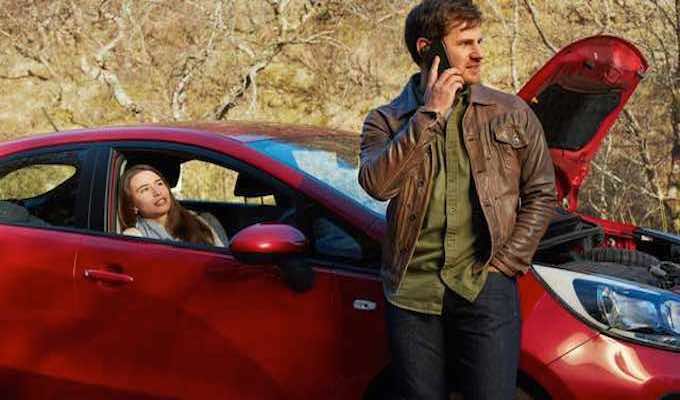
What to do if you breakdown in France!
Have you ever wondered what to do if you breakdown in France?
This article will aim to answer several points. What you should do if you breakdown in France, how you can reduce your risk of breaking down and things to carry in your vehicle.
Reduce your chance of breaking down!
Some breakdowns are unavoidable however there are certain precautions you can take to reduce your chance of breaking down which include:
Servicing your vehicle
Servicing your vehicle before a trip ensures it’s in good condition and also helps with fuel consumption. Brakes are also checked during a service which are one of the most important parts of a vehicle.
Electrical checks
Check all lights and electrics to ensure they are in full working order.
Tyres
Tyres have a huge impact of safety. They are also one of the common issues when it comes to breakdowns. As they are the only part of a vehicle that comes in contact with the road, ensure you have plenty of tread. Although the legal limit is 1.6mm, it is recommended that you have more than this to help with handling especially in the wet.
Please check all tyres including the spare. Check for wear and damage to the sidewall and for nails, screws and other foreign objects. Another commonly forgotten issue when it comes to tyres is the pressure.
Pressures for fully loaded vehicles are different to those for empty vehicles. This also helps with handling and fuel consumption.
Fuel
Another reason for breakdowns is drivers putting the wrong fuel in their car or running out altogether.
Therefore ensure you plan your refuel stops. Fill the car up when down to a quarter of a tank at the lowest and don’t wait for the warning light to come on.
Many people have been caught out thinking that they’ll make it to the next garage only to find out it’s shut or to run out just short of it. To save you getting confused just remember that Gazole is diesel!
Things to carry in your vehicle
The law says you need to carry sever items in your vehicle when driving in France. We’d also recommend you carry additional items as well which are handy incase of a breakdown including:
- Warning triangle (required)
- Hi Vis Vest/Jacket (required for all those exiting the vehicle)
- Fire extinguisher (recommended)
- First aid kit (recommended)
- Torch (recommended)
- Life hammer, to break glass and cut seatbelts (recommended)
Be prepared for the worst!
This section covers the fact that if you’re driving in France, you should ensure you have appropriate breakdown cover. Breaking down at home is worrying enough let alone in a foreign country where you may not speak the language. We know of a case where someone just had a puncture and it took them quite some time just to explain to a local garage that they needed a replacement over the phone.
European Breakdown cover may seem expensive to some of you however there are a variety of cheap European breakdown cover policies available which could offer you peace of mind and save you a small fortune in the long run if something went wrong. Please check out our page specifically on European Breakdown Cover and be prepared!
What to do if you breakdown in France!
There are several things that you should do if you breakdown in France but the main thing is to keep yourself and your passengers safe!
If your vehicle breaks down on the Autoroute you will be recovered or fixed by a recovery agent dispatched by the Autoroute company. Your own recovery agent is not allowed on Autoroutes!
The following 6 step approach should be followed should you breakdown in France.
6 step breakdown approach
1) Turn on your hazard lights and pull onto the hard shoulder. Get your vehicle as far off the road as possible and make sure that there is enough room for everyone to exit the vehicle from the righthand side and not by having to exit into the live lane of traffic.
2) Before exiting the vehicle ensure that hi vis vests/jackets are put on so that you are visible.
3) Everyone should exit the vehicle from the doors furthest away from the road and NOT into the live lane of traffic! However once out of the vehicle get away from the vehicle and behind the nearest safety barrier. Do not cross any roads and do not head onto the live lane of traffic.
4) Place a warning triangle 30m behind your vehicle but only if it is safe to do so. However do not go putting yourself at risk!
5) Vehicles that have broken down on the Autoroute will be removed by a designated recovery agent of the Autoroute company. If you have broken down on the Autoroute you must make your way to the nearest emergency phone (locations approximately every 2km) to arrange recovery or phone 112. If you’re on any other road you can call your own emergency cover if you have them.
6) Once you have called for help, return to your vehicle but remain behind safety barriers until help arrives.
